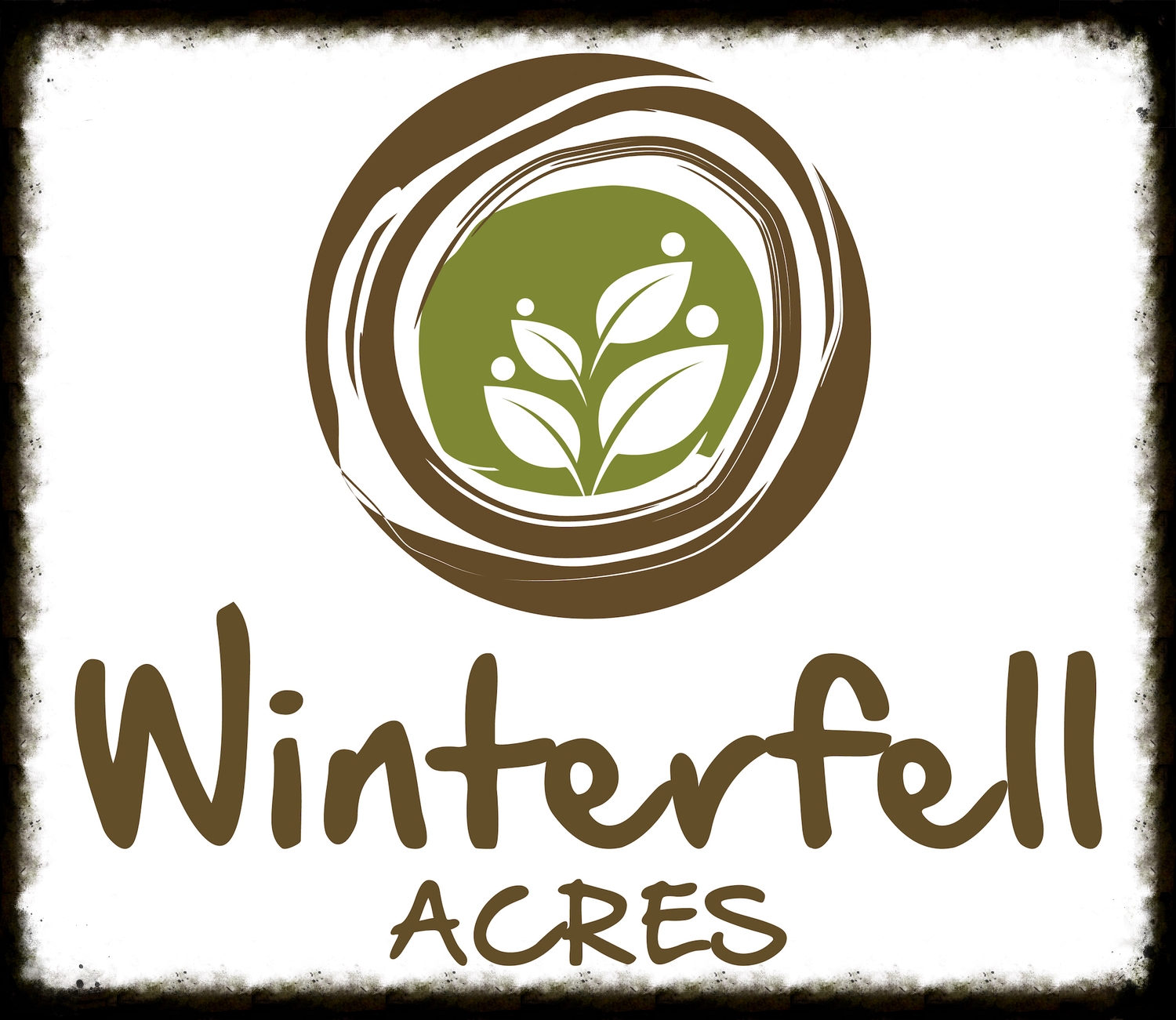March Update
MAPLE SYRUP: sweet syrup of the gods!
A few weeks ago we tapped about 60 maple trees on John's mom's land and it finally really started running last week. So I had my first sap boil of the season last Friday. It's really tough work... sitting, reading and tending a fire all day :)
Prepare yourself for the low down on the maple syrup making process.
Now for a bit of food history and botany: Maple syrup is possibly the oldest agricultural product in North America and was first collected by the indigenous peoples which in turn, was adopted and further refined by European settlers. Many tribes call the first full moon of spring the Sugar Moon.
Sap is collected from the xylem (the tree trunk's main vascular water way) of the sugar maple, red maple or black maple. You can also even collect sap from birch and other maple trees but sugar maple has the highest sugar content, hence it's name. These trees store starch in their trunks and roots before winter which is then converted to sugar that rises with water from the roots in the xylem in the early spring weather due to root pressure. A pressure gradient develops between the soil water and roots when photosynthesis is inactive which causes water to flow into the roots producing positive root pressure pushing sap up through the xylem. As a general rule sap only runs when it is below freezing at night but above freezing during the day; this is why the maple syrup season can either be only a few days long or up to a month or more! It all depends on the spring weather and when the trees begin to leaf out and start photosynthesis and transpiration (which eliminates root pressure).
After tapping the trees with an auger hand drill and then putting the taps in (sorry forgot to get a picture of it), we hang milk bottles or CSA share boxes (called procanas) on the taps. And then we wait!
Once there's been a warm day and the soil is warm enough, gather all the sap from each tree!
Once you have about 30-45 gallons of sap, it's time to boil! This is usually an all day process and must be done outside over a fire or with a fancy evaporator. On average, it takes about 43 gallons of sap to get 1 gallon of syrup! Sap is usually 2-5% sugar depending on the species and maple syrup isn't considered maple syrup until the water is evaporated until it's about 66% sugar.
Like I said it's a rough life: feeding a fire all day and finishing the fourth book of A Song of Ice and Fire :)
Periodically throughout the day, I continue to add more sap as is boils down until all the sap is in. By the end of the day, it keeps boiling down until there is about 1-2 inches left (any more and you can risk burning it over the fire).
Then it is time to switch to the stove and more boiling! Sap starts out clear with barely a slight yellow tinge but by now it's boiled down to this deep caramel color.
Several more hours of boiling and you have maple syrup! In order to be considered maple syrup, it must reach 7.1 degrees hotter than boiling water so around 219 degrees. Remember sap is mostly water and has a boiling point of just about 212 degrees (depending on altitude and barometric pressure...). In order to reach 219, enough water must be evaporated. I use our nice probe thermometer which I can set for 219 degrees and it will beep at me once it reaches that temperature.
Now we must filter out all the salts, ash and impurities otherwise it will taste very earthy and smokey. I like to filter twice, it might be overkill but I am very happy with how clear the syrup comes out.
First filter through cheese cloth.
Second filter through a finer cloth. This takes a while...
On the left is double filtered syrup ready for reheating before bottling. One the right is syrup only filtered once through the cheese cloth. See the difference!
Once double filtered and heated back up to 180 degrees, it's time to pour into jars and seal.
Oh yeah and enjoy! If you are interested in pre-ordering some for yourself, you can order online here.












